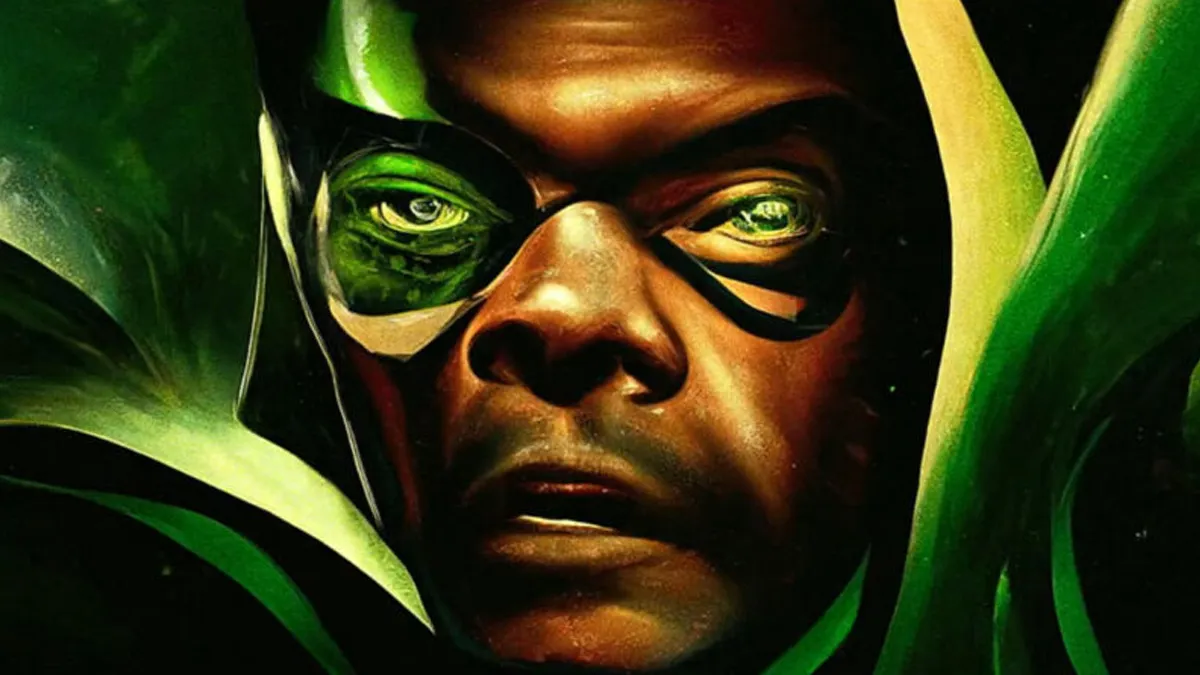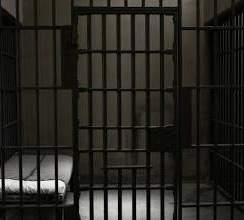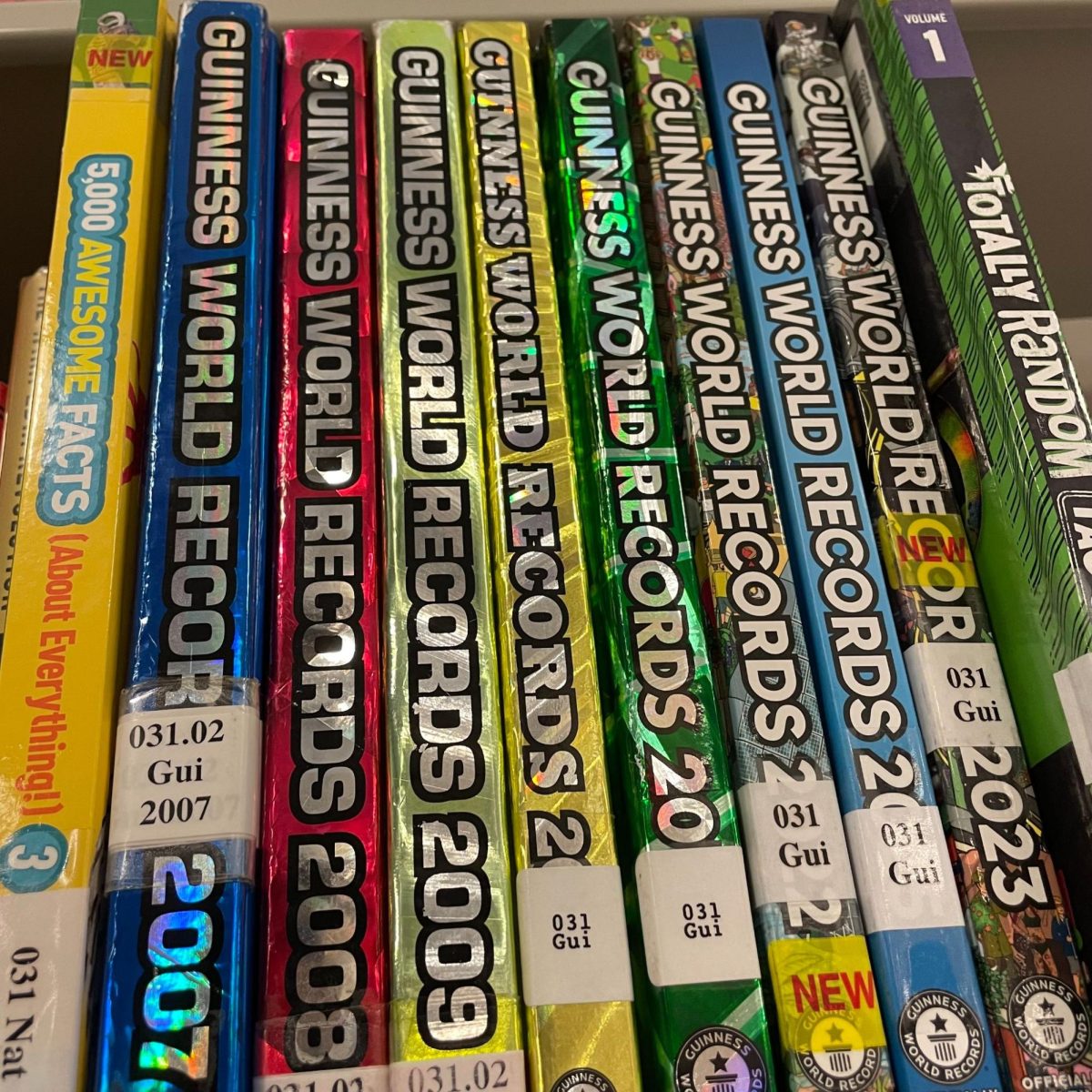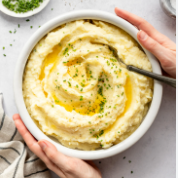Artificial intelligence is quickly becoming more and more involved in our everyday lives. It has proven useful in areas like math and computer programming, and surprisingly, it has even delved into the world of art. This form of art involves using algorithms capable of learning from data inputs to autonomously produce pieces of art, such as digital images, paintings, sculptures, music, and poetry. Integrating AI into art creation challenges traditional notions of human creativity and highlights a new challenge: the dynamic between human artists and machines. In the AI-art-making process, artists define parameters while AI systems generate content, blending human intent with machine learning capabilities. AI can generate this content by recognizing patterns from existing artworks online. So, does AI challenge artists to create something that breaks patterns and creative boundaries? Or does it replicate art that already exists, without crediting the artist, and diminish opportunities for lesser-known artists?
Supporters of AI-generated art argue that it is not a threat to creativity but rather an opportunity to expand artistic expression. Art has always evolved alongside new tools and technologies, from the printing press to photography, and AI is the next step in this progression. Rather than replacing artists, AI challenges them to think differently, pushing them beyond their habits. Artist and Harvard professor Matt Suanders suggests that “we should be grateful to be challenged and knocked out of our habits and assumptions” (Mineo). He essentially argues that AI is a tool artists can manipulate, experiment with, and use to spark new ideas.
However, AI threatens the economic stability of artists. In industries such as animation and illustration, AI-generated art has replaced human artists in various projects, offering cheap and efficient alternatives. This has already led to job losses, as seen with Netflix Japan and Marvel Studios, which have used AI in place of traditional artists (Jiang). These commercial practices prioritize cost-saving at the expense of depth and artistry.
Ultimately, AI-generated art is undermining the very essence of human creativity and artistic expression. It may be seen as a tool in the hands of some artists, but it is also exploitative. As philosopher and Cornell professor Trystan Goetze puts it: “AI art is the greatest art heist in history—one that deprives artists of their rights and income, ultimately diminishing the value of true artistic creation” (Goetze).
There may be certain scenarios where the use of AI is more acceptable. For example, AI can be a valuable tool in non-commercial contexts such as creative exploration or educational purposes. In these cases, AI can act as an assistant or a source of inspiration. However, in the context of commercial industries, AI-generated art leads to significant issues. The ethical issue of intellectual property cannot be overlooked. AI models often rely on datasets containing copyrighted images, and without the consent of the original creators, AI effectively exploits their work for profit. This deprives artists of their right to compensation and raises concerns about fairness in the creative process.
By accepting the concerns surrounding AI-generated art, we can create a more sustainable and ethically grounded creative industry. Acknowledging the value of human artistry ensures that artists are fairly compensated for their work and supports the preservation of meaningful, unique expressions that AI cannot replicate. By protecting artists’ livelihoods, we can maintain a diverse creative landscape where innovation comes from human insight, passion, and experience—qualities that AI lacks.








